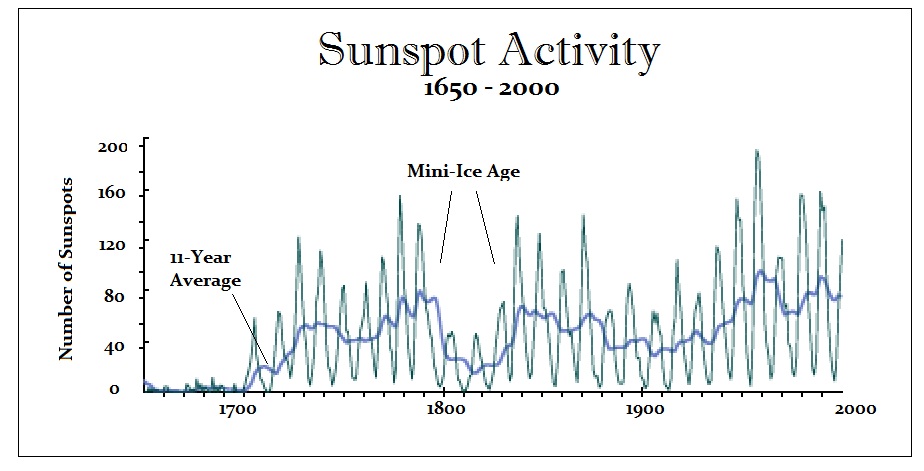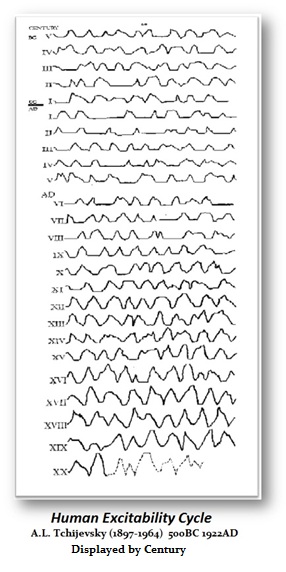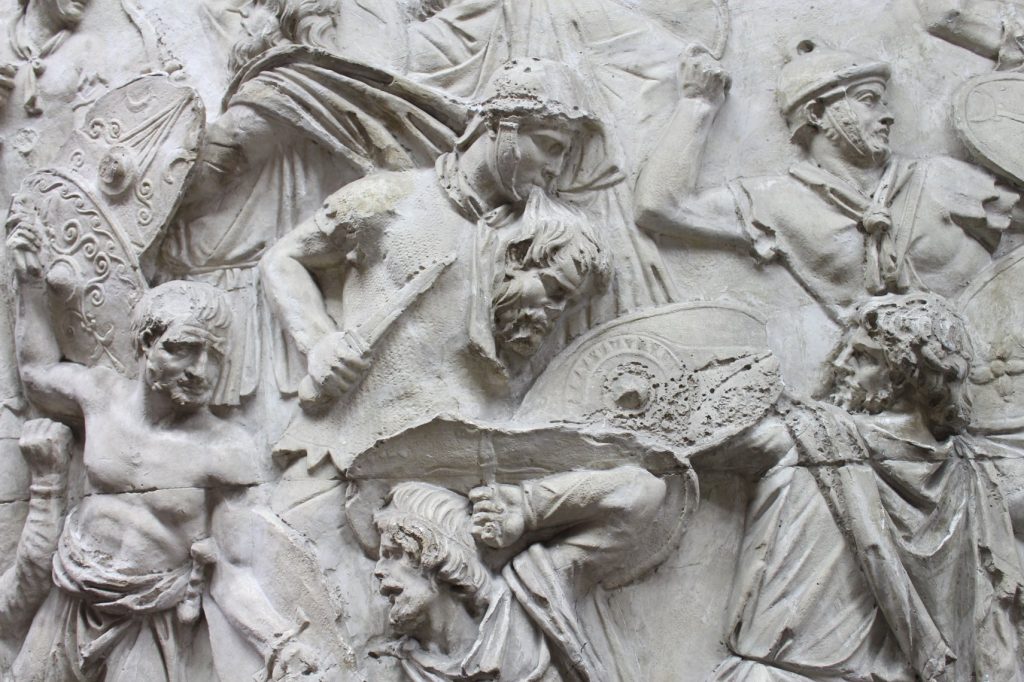Humans are a funny species. They create settlements along fault lines that, on moving, can create catastrophe, killing thousands. They construct homes facing rivers that will, at some point, break their banks, carrying of their precious property. Importantly, they return in the aftermath. Existence continues.
The same follows certain settlements of parts of the planet where hostile, environmental conditions discourage rather than endorse a certain form of living. Changes in weather have been vicious catalysts for the collapse of civilisations; extreme climactic variations prevent and retard stable and sustainable agriculture.
“The flourishing of human civilisation from about 10,000 years ago, and in particular from 7,000 years ago,” notes earth and paleo-climate scientist Andrew Glikson, “critically depended on stabilisation of climate conditions”. This had its due results: planting and harvesting of seed; cultivation of crops; the growth of villages and towns.
Australia, the second driest continent on the planet, has never been exempt from such patterns of disruption, and those stubborn, pluckily foolish farmers who persist in the notion that they can make a living in parts of it risk going the same way.
Australia’s agrarian purveyors have certainly been persistent, hopeful as pilgrims in search of holy land. Disasters have not discouraged. A sense of a certain attendant fatalism can be found in the scribbles of Nancy Fotheringham Cato’s “Mallee Farmer”:
You cleared the mallee and the sand blew over
Fence and road to the slow green river;
You prayed for rain but the sky breathed dust
Of long dead farmers and soil’s red rust.
You ploughed up the paddocks with a stump jump plough
But the gates were open and the drought walked through.
The Settlement Drought (1790-1793) threatened but did not overwhelm early European settlers. The Goyder Line Drought (1861-5) savaged but did not kill farming in parts of South Australia.
…click on the above link to read the rest of the article…



 COMMENT: I love when you educate us about the weather, especially the cycles. the NAPOLEON story killed me !!! I’m a french and believe me, nobody talked in school about the weather cycles when he tried to fight Russia and lost everything. I read 3 times your chart which plots the temperatures and the cycle initiated by the volcano a few years ago. you are enough smart to guess that French teachers NEVER talk this story under this angle of cooling temperatures…
COMMENT: I love when you educate us about the weather, especially the cycles. the NAPOLEON story killed me !!! I’m a french and believe me, nobody talked in school about the weather cycles when he tried to fight Russia and lost everything. I read 3 times your chart which plots the temperatures and the cycle initiated by the volcano a few years ago. you are enough smart to guess that French teachers NEVER talk this story under this angle of cooling temperatures…






 My friend Alex is in Chamonix in the shadow of Mont Blanc in the French Alps. He sent some very snowy pics and mentioned that it was fair dinging down. The most snow since 2010. Knowing that sunspot cycle 24 was well-advanced I did some checking and came across a web site called
My friend Alex is in Chamonix in the shadow of Mont Blanc in the French Alps. He sent some very snowy pics and mentioned that it was fair dinging down. The most snow since 2010. Knowing that sunspot cycle 24 was well-advanced I did some checking and came across a web site called 












